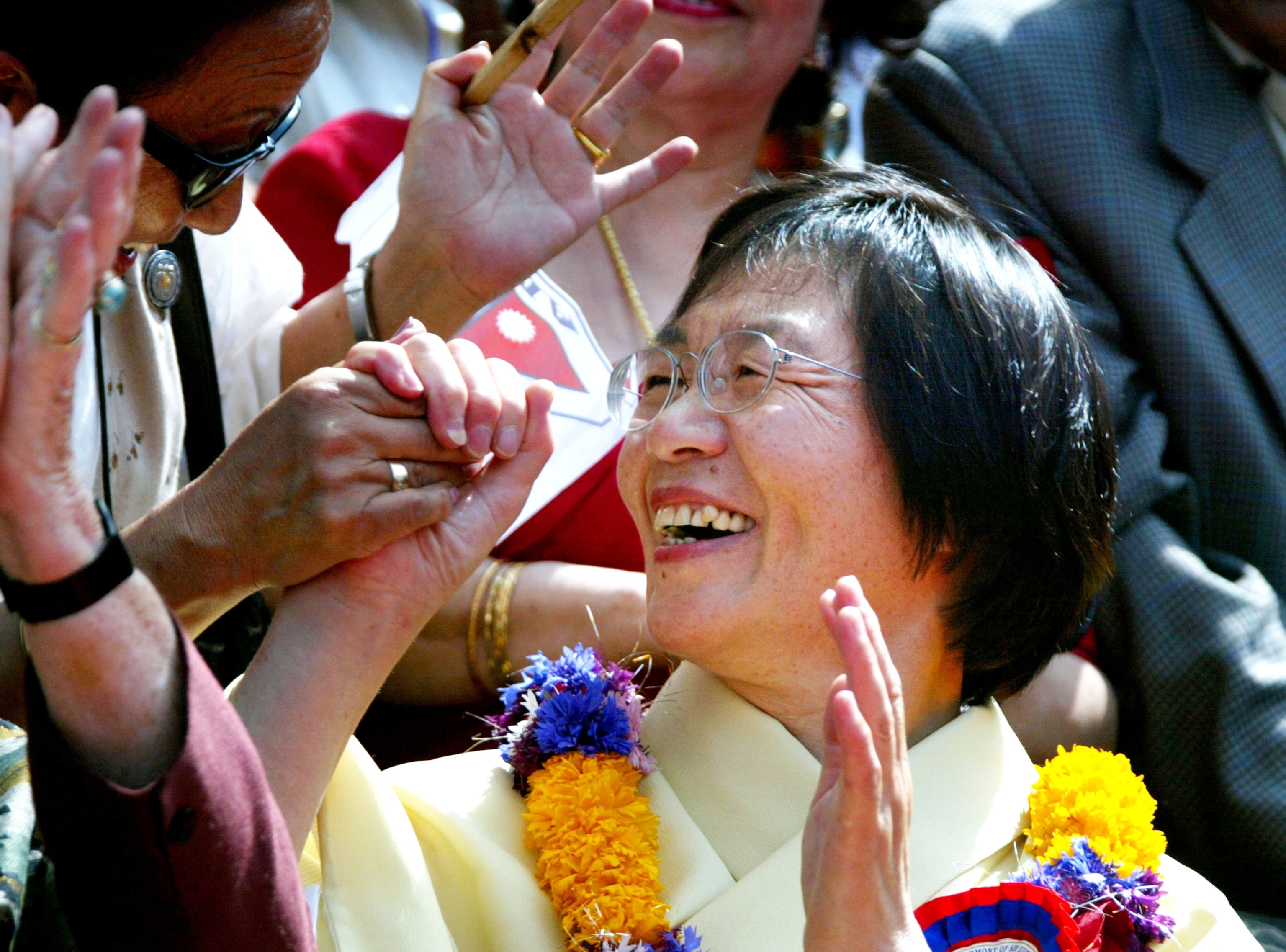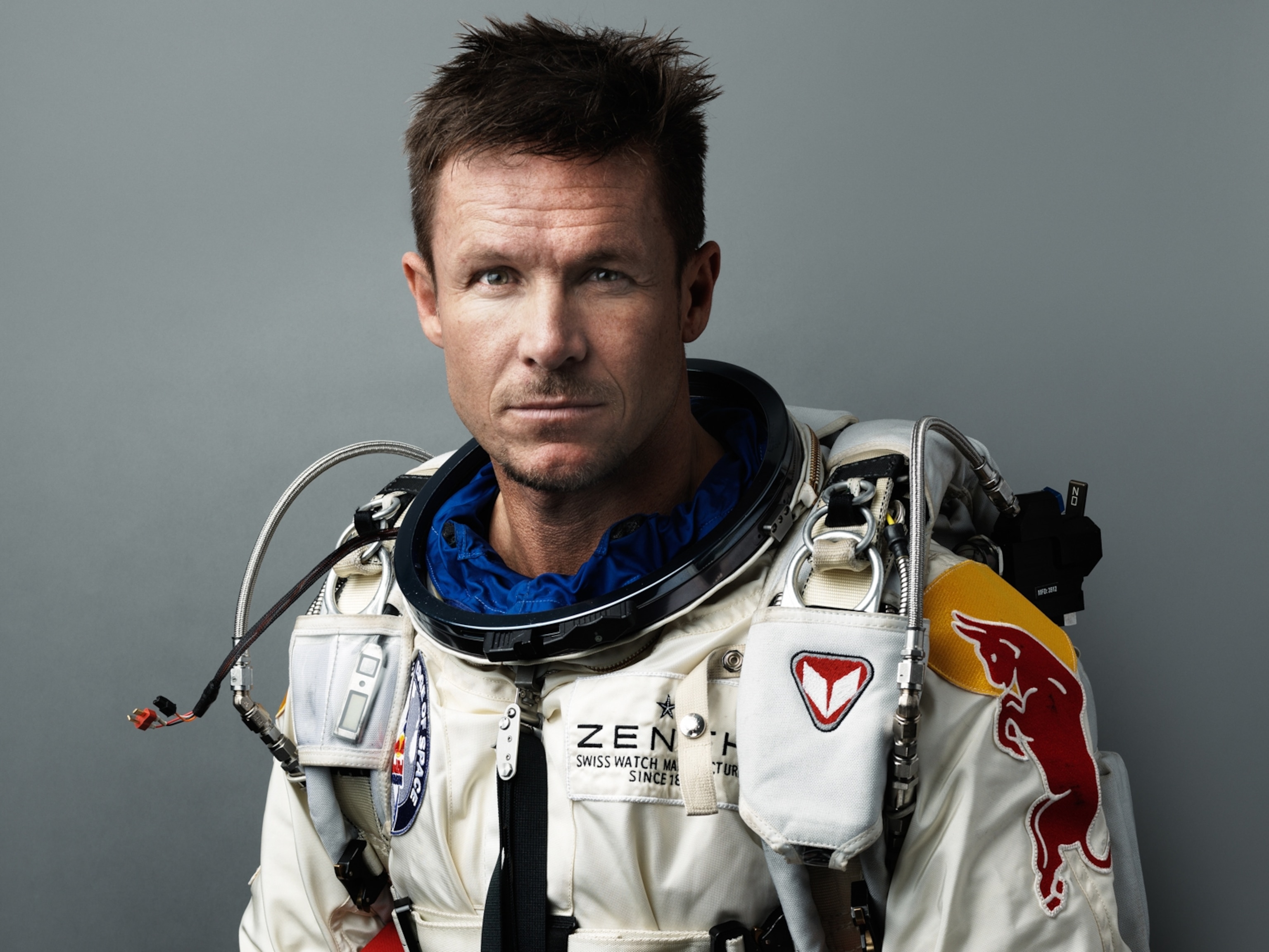
First Woman to Climb Everest Dies, Her Revolution Continues
Climbing can be hard for women to break into. Junko Tabei fought to change that.
In the often male-dominated sport of climbing, a few women have made it easier for others to succeed in the field. The sport lost one of these pioneers this week.
Junko Tabei, the first woman to conquer Mount Everest, died Thursday of peritoneal cancer at age 77. Her lifelong love of climbing propelled her to summit the world’s highest peak, climb a mountain on every continent, write books about climbing and family, and help earthquake survivors.
She also opened doors for female climbers all over the world.
Tabei summited Everest, at 8,848 meters, in 1975. In the four decades since her ascent, many women have followed in her footsteps. More than 400 women have since reached the summit, including the youngest, Malavath Poorna, who was 13 when she reached the top, and Lakpa Sherpa, who has reached the top more times than any other woman.
Mount Everest was first summited in 1953. More than 7,000 people have reached the summit since then, but only around 200 have done so without supplemental oxygen. Most climbers are aided by Sherpas, who have served as guides in the Himalaya for hundreds of years.
The first American woman to summit Everest without using supplementary oxygen, Melissa Arnot, has also summited the mountain more times than any other non-Nepalese woman. She has said she wants women to be able to thrive in the climbing community.
Climbing is not necessarily easy for women now that the sport has opened up to them, however. Ben Ayers, director of a program that helps remote villages in Nepal, pointed out additional challenges, including some Tabei raised in a book about the difficulties she faced having a family while pursuing climbing.
“Professional mountaineers like Melissa are forced to be equal parts explorers and media personalities,” he said. “And, for women, this includes the unavoidable casting as sex symbols and criticism when female athletes become parents, yet continue to take risks in the mountains.”
Tabei’s climbing career started with a women’s mountaineering club founded after she graduated from Showa Women’s University, where she learned to climb. She and 14 other club members went on an expedition in the Himalaya when it was unpopular for women to do so.
- National Geographic Expeditions
“Back in 1970s Japan, it was still widely considered that men were the ones to work outside and women would stay at home,” Tabei told the Japan Times.
She didn’t let that stop her, though, and spent her life climbing and promoting climbing. She was the first woman to reach the highest point on each continent, also known as the Seven Summits. Tabei set a new goal of climbing the highest mountain in every country, and she succeeded at climbing more than 60.
“I’ve never felt like stopping climbing—and I never will,” she said.










